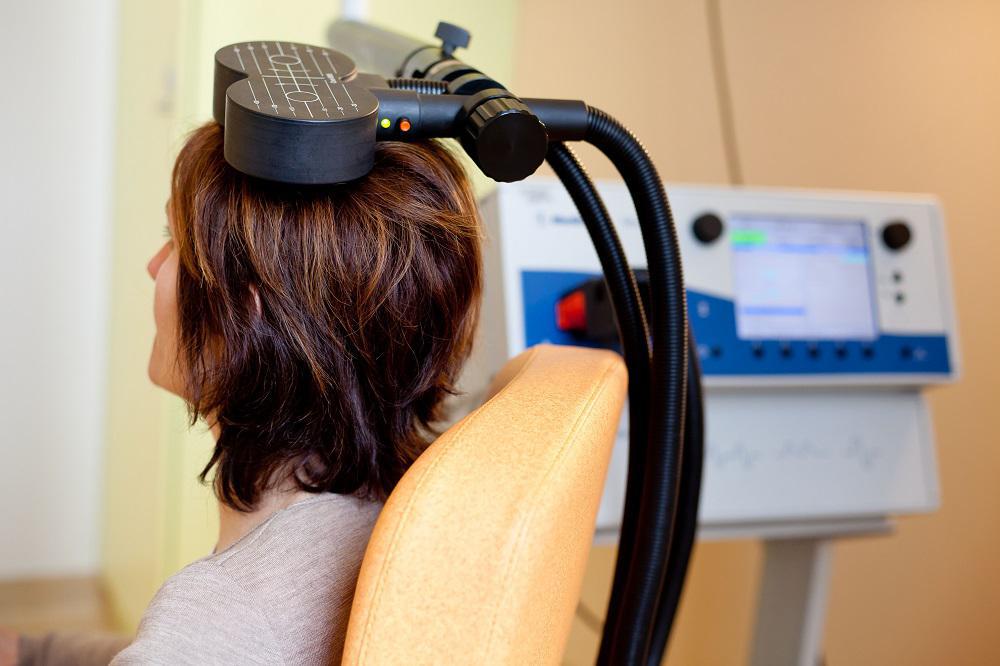How does theta-burst stimulation differ to rTMS
TBS uses a faster frequency (50Hz instead of 10Hz). It also requires less session time compared to rTMS protocols. Where rTMS takes 30 minutes per session, TBS is dramatically reduced to 3 minute intervals. This creates a more comfortable treatment experience for patients. A full TBS course takes 25-30 visits while rTMS takes 30 visits.
Benefits of theta-burst stimulation
There are many benefits associated with TBS. Like regular TMS, TBS is well tolerated and safe. There are very few side-effects associated with TBS.
There are additional benefits as TBS does not require as much treatment time and therefore is also significantly cheaper to regular TMS.
TBS and rTMS are both FDA approved and shown to be equally effective. Our own observation after using theta-burst stimulation over the past two years, is that it works just as well as rTMS. Patients prefer TBS due to significantly less treatment time required. Information is readily available through The Royal Australian and New Zealand College of Psychiatrists
Patients who still prefer rTMS can visit us at Sydney TMS to receive regular TMS treatment. For those who have experienced success with TMS therapy in the past, we encourage you to keep doing what works for you. Further research material is available via this link.
Theta-burst stimulation versus rTMS
SIMILARITIES
- rTMS and iTBS is delivered with the same medical device applied in a very similar way
- rTMS and iTBS are both used to treat Major Depression
- Both focus on the same region of the brain being the Left Prefrontal Cortex
- Both are able to be delivered as an outpatient safely.
- Both show equal efficacy ie extensive studies have shown them to treatment Major Depression as well as each other.
- Both have been approved by the FDA and recognised internationally as equally powerful treatment for Major Depression.
- Sydney TMS can offer both iTBS and rTMS although increasingly we are treating more patient with iTBS.
DIFFERENCES
- iTBS uses a faster pulsing setting in the TMS machine. While most newer TMS machines can deliver both rTMS and iTBS, some older TMS machines may not be able to deliver iTBS.
- iTBS treatments time are very fast compared to rTMS . The latest rTMS treatment times are approximately 20 minutes while the same treatment can be delivered in iTBS in 3 minutes.
- iTBS can not be used to treat OCD or PTSD as these rely on slow pulsing rTMS.
For more information about TMS therapy and theta-burst stimulation please call us today 1300 177 144.

